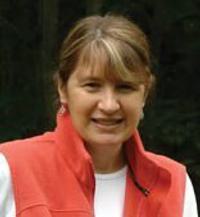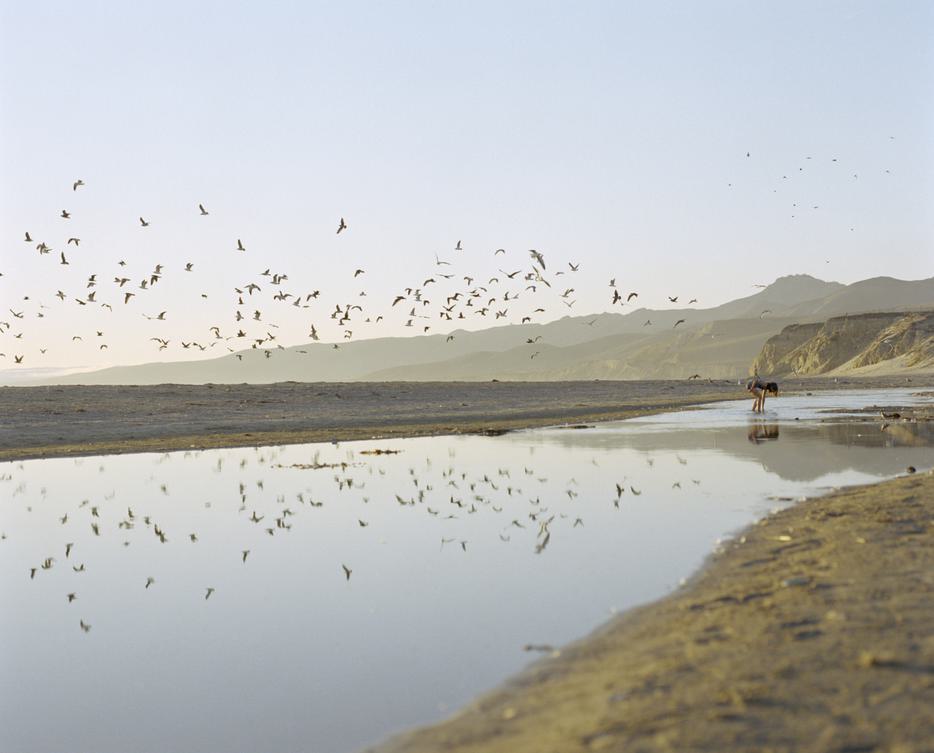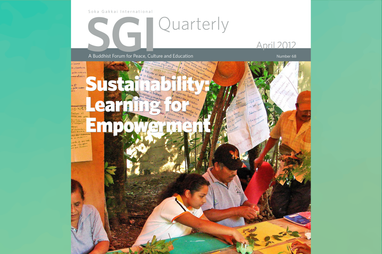SGI Quarterly

Connie Lasher is a theologian and educator whose work explores the question of religious humanism and ecological identity. She is the founder and former executive director of the John Paul II Institute for Theology & Environmental Studies (2004–2010) in the Diocese of Portland, Maine. She is a recent recipient of an American Academy of Religion Individual Research Grant Award in support of her comparative theological studies of humanistic education and the human relation to nature. Her forthcoming book is Passion for Wholeness: ‘Ignatian Humanism’ and Ecological Identity.

[Photo credit: Caroline Woodham/Getty Images]
“Hope is a verb with its sleeves rolled up,” says US environmental writer and educator David Orr in the recently published collection of his seminal essays entitled Hope Is an Imperative. For those of us who have dedicated our lives to humanistic education in its vital orientation to the human relation to nature, the year 2012 offers a propitious occasion for reflection. At the international level, 2012 marks the 50th anniversary of the publication of Rachel Carson’s Silent Spring; 20 years ago, there came a celebrated essay by David Orr which charted an agenda for the coming era of education for sustainability. That 1992 essay was entitled “Ecological Literacy,” and in it Orr wrote:
“If literacy is driven by the search for knowledge, ecological literacy is driven by the sense of wonder, the sheer delight in being alive in a beautiful, mysterious, bountiful world. The darkness and disorder that we have brought to that world give ecological literacy an urgency it lacked a century ago. We can now look over the abyss and see the end of it all . . . To see things whole is to see both the wounds we have inflicted on the natural world in the name of mastery and those we have inflicted on ourselves and on our children for no good reason, whatever our stated intentions. Real ecological literacy is radicalizing in that it forces us to reckon with the roots of our ailments, not just with their symptoms.”
Nurturing Wonder
As an environmental educator, I remain convinced that we cannot adequately “reckon with the roots of our ailments” without the study of the humanities, where the human quest for meaning is given voice—in philosophical experience and religious traditions, in the arts, in the intertwining of lives and ideas which weaves the fabric of history and culture. As a theologian, it has been Rachel Carson’s term “the sense of wonder” that orients my approach to the question of the human relation to nature, its significance for human wholeness and flourishing.
The sense of wonder represents our human capacity to relate to the whole. In childhood it expresses our incipient self-awareness, our awakening in the encounter with Life and its myriad forms, in relations which imprint upon us a primal openness to all others, human and non-human. It is the responsibility of the family to welcome and cherish this original wholeness in the child, for, to use the formula proposed by SGI President Daisaku Ikeda in his 2002 proposal, we cannot begin to “learn” or to “reflect,” nor can we be truly “empowered,” without the dynamism of the sense of wonder. I believe that the foremost task of humanistic education today must be not only to foster, but to protect the sense of wonder in children and youth.
Together, the family and the educator become the guardians of this fragile candle-flame of wonder; now more than ever, its importance for the developmental health of children and youth should not be taken for granted, but intentionally nurtured as one in a storm shields and shelters a flame with loving hands, until the fire has grown strong enough to endure the winds. Today we speak of “resilience” as a term which describes the capacity of ecosystems and technological design to withstand stress and disturbance without suffering “catastrophic failure.” I have long thought that we in humanistic education must consider the developmental significance of the sense of wonder as that original “design for resilience,” a capacity intrinsic to our personhood and the source of our potential to meet the challenge of sustainability.
Nourished and intact, the sense of wonder manifests across the lifespan as gratitude and joy, as that strength of character which is humility—reverence before the ever-greater Mystery and the life of each and every “other” we encounter. It is the place of wholeness from which the person is empowered to respond creatively and courageously—to resist dehumanizing forces in the culture of late modernity, to face resolutely the alarming pace and scope of ecological degradation and climate destabilization.
We cannot begin to ‘learn’ or to ‘reflect,’ nor can we be truly ‘empowered,’ without the dynamism of the sense of wonder.

[Photo credit: Emily Brooke Sandor/Getty Images]
The Poetic Spirit
This is a courage born of love for Life and, as the Christian humanist, Catholic monk and spiritual writer Thomas Merton often described it, it is the poetic spirit, Love as “fidelity to Life.” The poetic spirit is reverence for life; it is the practice of perceiving wholeness and living the reality and immediacy of our interrelations. Daisaku Ikeda has written, “A poet is one who offers people words of courage and hope, seeking the perspective—one step deeper, one step higher—that makes tangible the enduring spiritual realities of our lives . . . We must all be poets . . . Modern civilization will be healthy only when the poetic spirit regains its rightful place.”
The early biographer of Rachel Carson, Paul Brooks, once wrote of the impact of Silent Spring: “A few thousand words from her, and the world took a new direction.” I suggest we ponder the formula, “Learn, Reflect, Empower,” in light of this analogy: “A few thousand” concrete acts of loving kindness, undertaken in the course of a lifetime, and in the spirit of Ikeda’s belief that “environmental ethics must be felt as a deeply personal vow and pledge, the fulfillment of which provides us with an inexhaustible sense of purpose and joy.” “A few thousand” acts of generous presence, undertaken by each of us—presence to a child or young person in their moment of wonder, joy, suffering, confusion, or simple hunger for life and learning. Or presence expressed as sincere, patient openness in dialogue toward those who arouse in us not sympathy, but antipathy—this too is the work of sustainability education.
There is nothing “romantic” or “magical” about the sense of wonder or the poetic spirit, as there is nothing illusory about the reality of wholeness, the splendor of courage, the radiance of a sincere heart, the fruitfulness of “fidelity to Life.” Only in a world reduced to valueless, manipulable fragments, to surfaces and superficiality, must these be denied.
“For the poet,” Thomas Merton insists, “there is precisely no magic. There is only life in all its unpredictability and all its freedom. Poetry is the flowering of ordinary possibilities. It is the fruit of ordinary and natural choice. This is its innocence and its dignity . . . Let us obey life, and the Spirit of Life that calls us to be poets, and we shall harvest many new fruits for which the world hungers—fruits of hope that have never been seen before.”
Humanistic education has never been afraid to “roll up its sleeves”; in its service to education for sustainability it knows, too, how to kneel down and see, nourish and protect the fecund soil of the ordinary, and the seeds hidden within it.
Related Content


